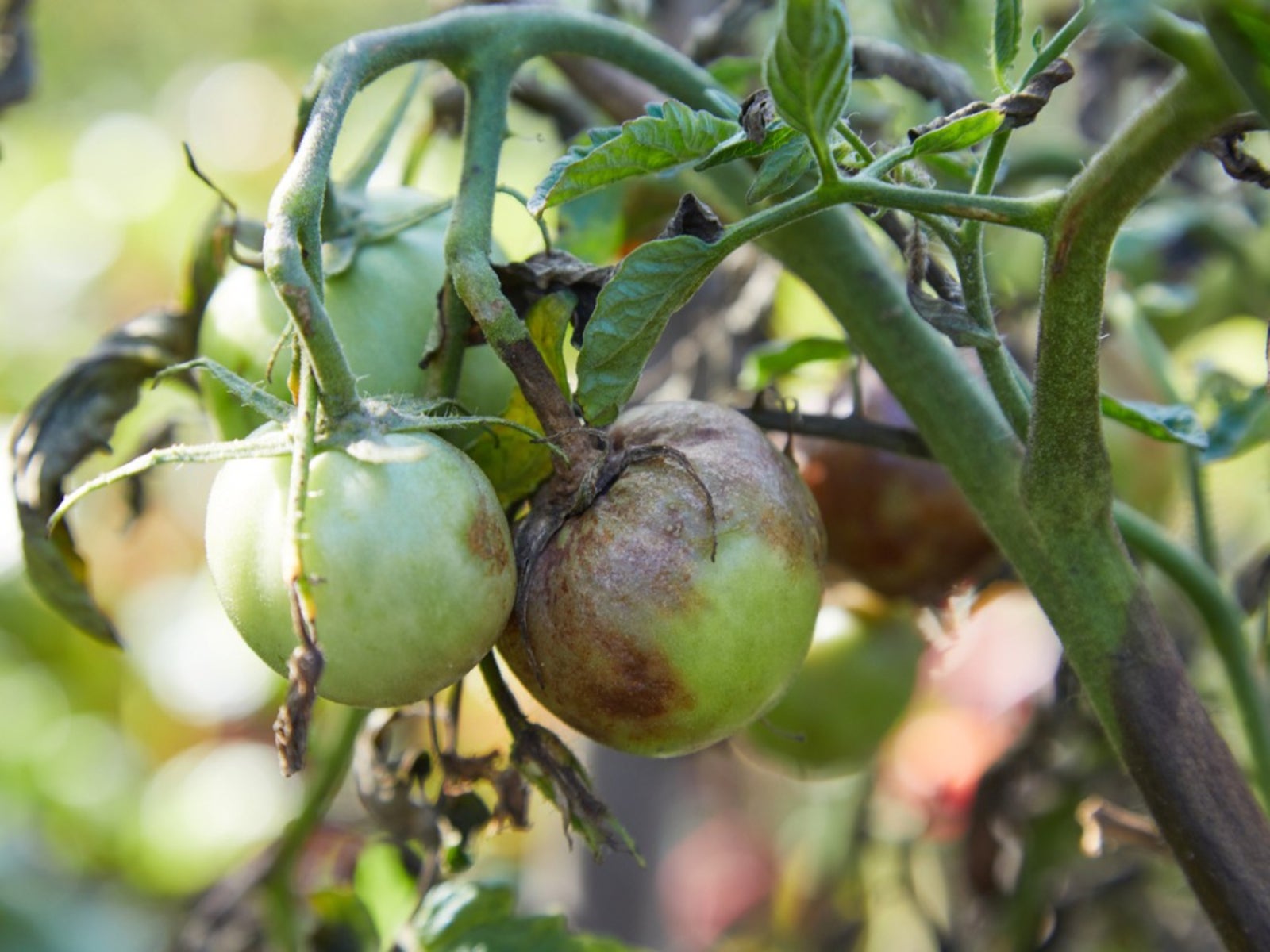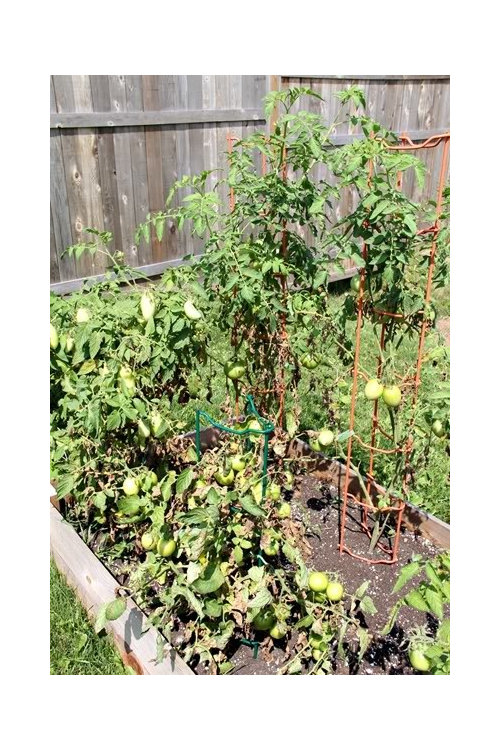

Growers should plant certified seed free of late blight, and eliminate cull piles and volunteer potatoes. What do I do about potato and tomato late blight? Take precautions in planting potatoesĭon’t plant any saved potato tubers. While you should rotate vegetable planting areas from year to year, the pathogen that causes late blight does not overwinter in the soil under our conditions. If your garden area is free from plant debris, and your compost pile is free from living plants, last year’s infected tomatoes and potatoes will not affect this year’s garden. Will last year’s late blight affect this year’s garden? However, while these plants can be affected, the risk of an epidemic on them is low. Late blight can infect some nightshades, petunia, many wild relatives of potatoes, and some ornamental plants, many of which are closely related to potatoes. Does late blight affect plants other than potatoes and tomatoes? These eventfully become brown and may have a leathery appearance. Late blight-infected fruit starts as water-soaked areas and then darken and enlarge. Fruit can be affected from green stage through the ripening. Tomato fruit can also succumb to late blight. In dry weather, the water‑soaked halo disappears from the lesions and the dead tissue becomes brown and dry. In cool, wet weather, late blight may move rapidly from leaves to petioles and stems, and infect an entire field in only a few days. Lesions are often covered with a glistening white growth of fungus. In cool, wet weather or other humid conditions, a ring or surface of white fungal growth may appear at the edge of the lesions on the underside of the leaves. A yellowish‑green halo will usually surround these lesions. The lesions enlarge rapidly and form brown to purplish‑black areas of dead tissue with indefinite borders. These usually appear at the tips of the leaves or on actively growing tissue. Leaf lesions first appear as fast-growing, irregularly shaped, pale to dark‑green water‑soaked spots. Late blight lesions can occur on all aboveground plant parts of tomatoes and potatoes.

Nighttime temperatures in the 50s and daytime temperatures in the 70s accompanied by rain, fog, or heavy dew are ideal late blight conditions. What conditions favor development of late blight?Ĭool, moist weather is conducive to the development of the disease. This organism will not survive long in soil or away from association with a living host. This pathogen is an obligate parasite, which means that it can only survive on a host: it cannot live in soil or dead plant debris. Late blight is caused by Phytophthora infestans, a fungus-like organism. What causes potato and tomato late blight? The “hungry forties” in England and other parts of Europe were also a result of potato late blight. Between 18 one million people died in Ireland alone as a direct consequence of famine, and one and a half million emigrated from Ireland. The results were devastating to the tomato and potato crops in many areas.įew plant diseases in history can rival the widespread misery and despair that potato and tomato late blight can cause. Then extended periods of rainy and humid weather hit Maine, completing the disease triangle of pathogen, host, and environment. Introduction and widespread distribution of the late blight pathogen into Maine occurred during late June and July when potato and tomato plants were growing rapidly.

Many farmers and gardeners in Maine saw late blight on their potatoes and tomatoes for the first time in 2009 and experienced firsthand the amount and speed of crop destruction that it can cause. What do I do about potato and tomato late blight?



 0 kommentar(er)
0 kommentar(er)
